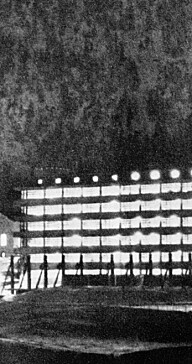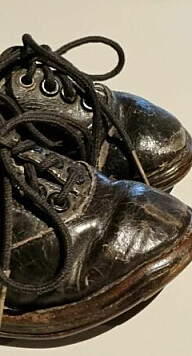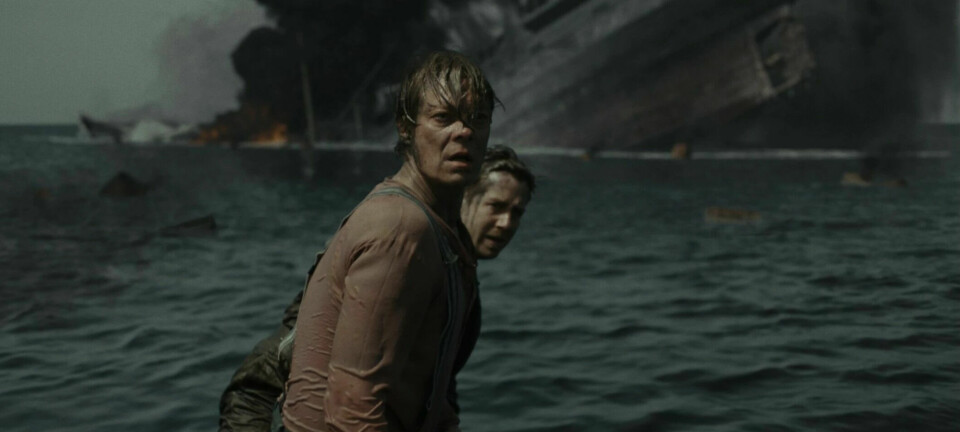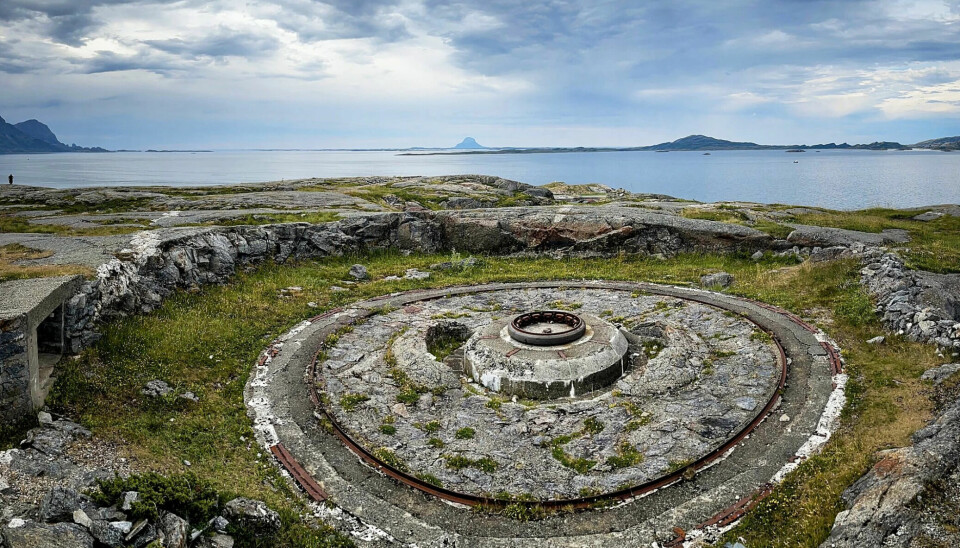
Hitler was likely tricked into building 300 coastal forts and stationing more than 100 000 of his soldiers in Norway
Nazi Germany used enormous resources to defend itself against a possible allied invasion — which Adolf Hitler was convinced would first happen in Norway.
Germany attacked Norway on 9 April 1940.
Back then, the country had a few old coastal forts outside cities such as Kristiansand and Trondheim. The largest was Oscarsborg in the Oslo Fjord, built in the 19th century.
The Norwegian coastal forts were outdated when the war came in 1940.
But the sinking of the German cruiser ‘Blücher’ in Drøbak Sound showed how effective a coastal fort like Oscarsborg could still be against an enemy.
The Germans noticed, anyway.
Hitler gave the order for ‘Festung Norwegen’
General Nikolaus von Falkenhorst was commander of the Wehrmacht – the regular German soldiers from the army, navy and air force – that invaded Norway in the spring of 1940. He continued to lead the Wehrmacht in Norway throughout most of the war.
The Wehrmacht soldiers' most important task was to secure Norway against a British invasion.
During the war, the Germans built a defence consisting of coastal forts — the Atlantic Wall —which stretched from East Finnmark in the north of Norway to the Franco-Spanish border in the south.
All in all, this comprised approximately 1,500 military installations, with cannons aimed at an attacker from the west.
Adolf Hitler and his closest circle in Berlin could not let go of the idea that an invading force, with thousands of British and allied soldiers would first land in Norway.
The Germans had to prevent this at all costs.
Consequently, Hitler ordered Falkenhorst and the Wehrmacht to build ‘Festung Norwegen’.
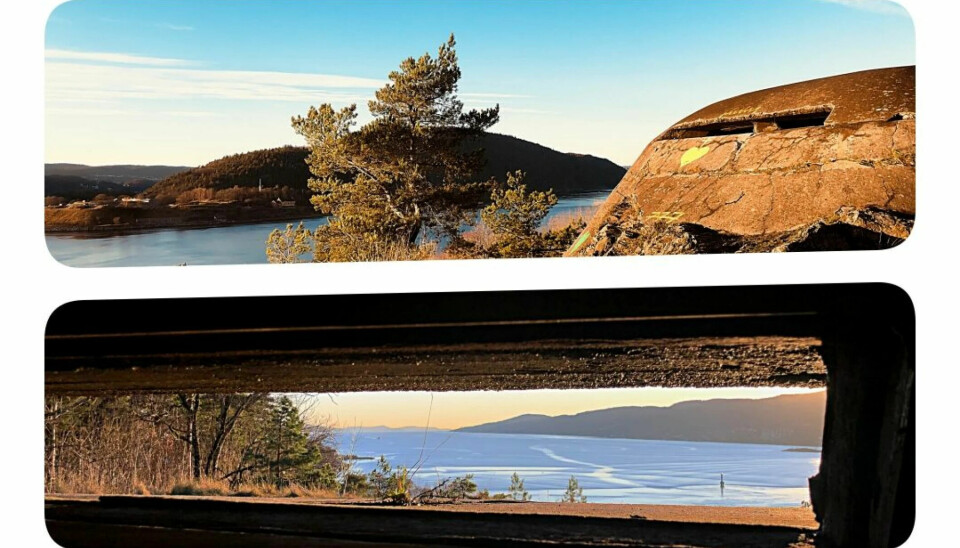
Fooled by Churchill
But Hitler was apparently deceived by the British Prime Minister, Winston Churchill. Norway was used to fool the Nazi leaders, according to historians at the Narvik War and Peace Centre.
Nazi Germany appeared powerful, but had hardly any resources.
Nevertheless, huge amounts of steel, concrete — and not least German soldiers —were used to build 300 coastal forts in Norway alone.
The forts in Norway bristled with a total of 1,100 cannons.
Hitler could have used the same resources elsewhere along the battle front — such as for stronger fortifications in Normandy in France. This, of course, is where the Allies landed on D-Day on 6 June 1944.
But Hitler and his Nazi leadership in Berlin were apparently tricked into prioritizing defensive structures along the coast of Norway.
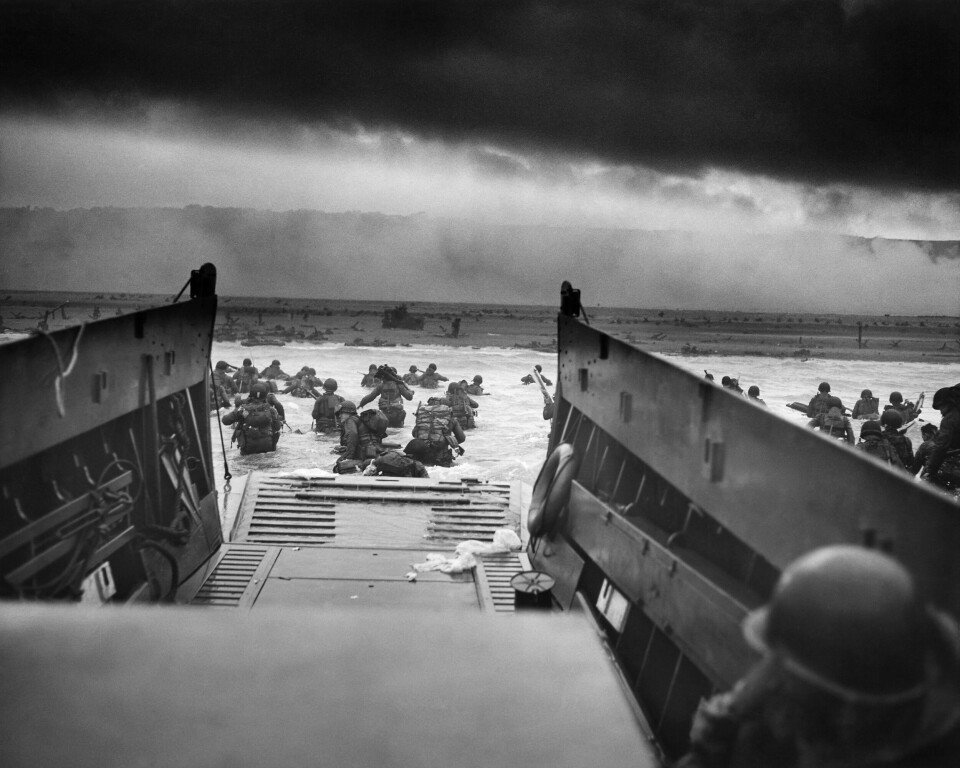
The Germans had 340,000 ordinary German soldiers in Norway when the war ended, in addition to 26,000 SS soldiers and a good number of civilian Germans.
But it goes without saying that perhaps as many as 200,000 of the German soldiers in Norway had come from the battles against the Soviet Union in the north.
The fact that between 300,000 and 400,000 German soldiers and civil servants were tied up in Norway — an area where nothing decisive for the outcome of the war happened —was nevertheless of great military value to the British and their allies.
Coastal fort museums along the coast
Today, several of the German coastal forts in Norway have become local museums.
The Bud Coastal Museum outside Molde has become a museum under the auspices of the Romsdal Museum.
Oscarsborg museums in the Oslo Fjord house several smaller coastal fort museums.
The Kristiansand Cannon Museum has what is probably the world's largest functional cannon.
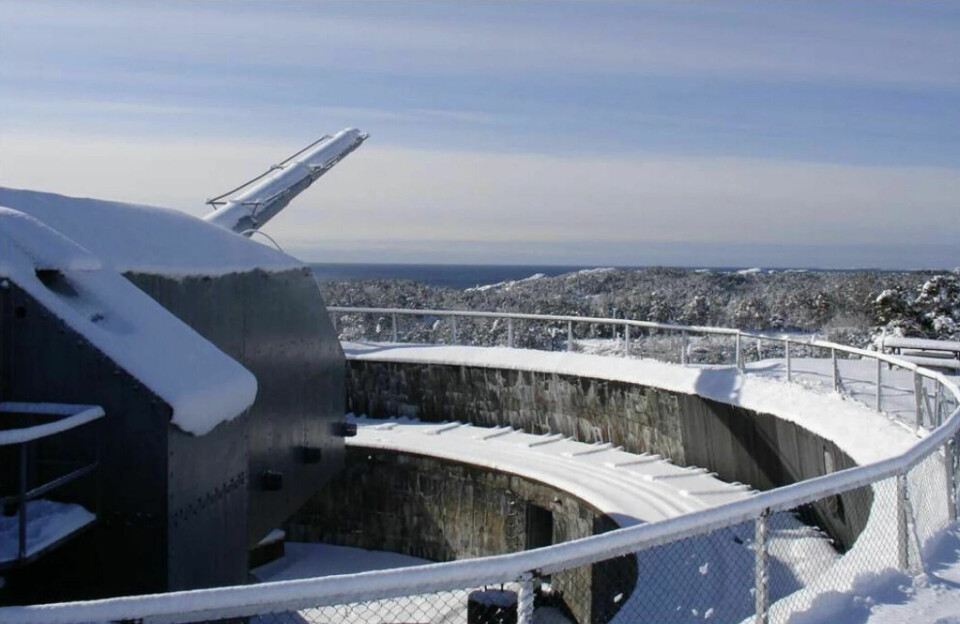
Grønsvik, in Lurøy, in the northern part of Norway, was ready for battle in the autumn of 1942, after 77 Soviet and 65 Polish prisoners of war had been forced to take part in its construction. Several Soviets died during the effort.
Grønsvik fort was one of nine German coastal forts around Sandnessjøen.
The main job of these forts was to prevent a hostile invasion into the fjords nearby.
Hitler was obsessed with Norway
The Grønsvik fort also has its own museum. Ragnar Selnes is very interested in war history and has been central to the development of this local museum.
When sciencenorway.no met her in Grønsvik, Selnes enthusiastically described the importance of the fort and the history of the war:
“Adolf Hitler was obsessed with the idea that he had to protect himself against a British invasion along the Norwegian coast. His fear was that Nazi Germany would be attacked from the north,” she said. “That’s why Hitler gave orders for the enormous development of coastal forts in Norway.”
The Atlantic Wall that the Germans had built from Spain in the south to East Finnmark in northern Norway was an enormous construction project.
“But the Allied landing came, as we know, in Normandy in France. British, American and other allied forces took the way straight across from England,” Selnes said.
“Had Hitler not expended these enormous resources in Norway, he could have done more to secure himself against such an invasion in France,” she said.
Selnes points out that all the resources the Germans used in Norway must have weakened the rest of Nazi Germany's defences along the Atlantic coast in Europe.
One German soldier for every five Norwegians
In addition, there were far more German soldiers on Norwegian soil than the Germans needed to actually occupy the country.
When the war came to an end, one in five people in Norway was a German soldier.
Hitler could have had good use for these soldiers on both the Eastern Front and the Western Front.
“At the same time, it is not correct to say that we had 350,000 German soldiers here who never fought,” Selnes said.
“Many of the soldiers who were stationed in Norway when the war ended had been withdrawn from the fierce battles against the Soviet Union on the Kola Peninsula and in Eastern Finnmark,” she said.
Nevertheless, Selnes estimates that as many as 150,000 soldiers were stationed in Norway, where they were of no use to Nazi Germany.
These soldiers received little training and got no combat experience.
If Hitler had deployed them on the Eastern Front or the Western Front when the war was coming to an end, they would hardly have been useful there either. They were too untrained and unprepared for battle as a result of their long stay in Norway.
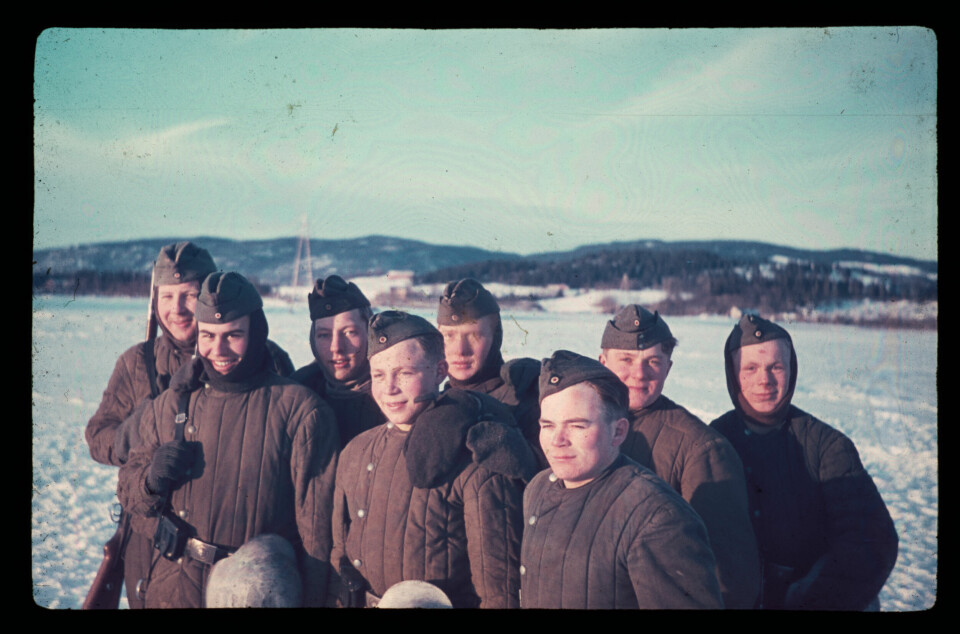
“But Hitler was always convinced that he had to have many soldiers in Norway. It was here that the decisive blow against the Allies could happen,” Selnes said.
How was Hitler deceived?
Selnes believes that the English were incredibly good at disinformation.
“They knew they could not fool the Wehrmacht and a number of the German generals,” she said. “But they understood that they could deceive Hitler and his inner circle, with Propaganda Minister Joseph Goebbels at the head.”
The Germans got messages from their spies in London.
These messages said that the Allies were preparing an invasion of Norway, just as Hitler thought. What Hitler did not know was that these messages had been planted by British intelligence.
Arms shipments from Britain to resistance groups in Norway, some of which were exposed by the Germans, also helped to strengthen Hitler's suspicion that something big must being hatched in Norway.
“This is how Norway and our long coast became an important piece in the game to deceive Hitler,” Selnes said.
Too easy to say the Germans were stupid
Endre Wrånes is a historian and employed as a conservator in military history at the Vest-Agder Museum. The museum is responsible for the Kristiansand Cannon Museum.
Wrånes has studied the German defense against invasion in southern Norway during the Second World War from 1940-1945. He has also published several books on the subject.
“It is absolutely true that the leaders of the German military forces feared an allied invasion of Norway,” Wrånes said to sciencenorway.no.
“And it was undoubtedly in the interests of the allies to tie up as many German forces as possible in Norway,” he said.
The researcher has spent a lot of time examining German sources from the days of the war. These sources give him insight into how the Germans came to think exactly the same way about Norway's military strategic role as Hitler did.
“At the same time, it’s too easy to say that the Germans just did something terribly stupid when they had so many soldiers and used so many resources on the coastal forts in Norway,” he said.
Cost the Germans a lot
Wrånes points out that the Germans could never know what Winston Churchill and the Allies might do.
He says that the German navy's desire for coastal bases was the driving force behind Norway’s occupation. Nazi Germany put half of its war fleet and many of its submarines in Norway. It was important for the Germans to be able to defend these vessels.

“The Germans would have serious problems in a situation where Norway and perhaps the rest of Scandinavia came under British control. That would have meant being outflanked and a blockade. Then the Germans could have quickly lost the war,” Wrånes said.
“That’s why I think it would be too categorical to say that the extensive German occupation of Norway was pure madness,” he said.
But there is no doubt that the Germans paid a high price for the occupation and the roughly 300 coastal forts that they built cost, he said.
“The extensive occupation of Norway was clearly to the Allies' advantage when they attacked in Normandy in 1944,” Wrånes said.
Norway became an obsession for Hitler
Gunnar D. Hatlehol is researching Norway’s war history at the Narvik War and Peace Centre.
“Yes, it was Hitler himself who was behind the heavy German investment in the defence of Norway against an allied invasion,” Hatlehol said to sciencenorway.no.
“This gradually became an obsession for Hitler,” he said.
At the same time that Hitler and the Germans were tricked into believing that the Allies would attack Norway first, Hitler was also trapped by Germany's experiences from World War I, says Hatlehol.
In Berlin, both Hitler and the naval leadership had fresh memories from World War I of how badly the Germans suffered when the British blockaded the North Sea and prevented the Germans from getting through. It was a situation that created hunger in Germany towards the end of World War I. This also helped to force the German defeat.
“During the Second World War, the Germans initially hoped to prevent this by occupying Norway,” Hatlehol said.
“But even though the Germans controlled the entire long coastline from Halden in the south and as far as the Fiskerhalvøya in the Soviet Union just east of Finnmark, they were still in practice locked in. Because on the adjacent seas, from the North Sea to the Barents Sea, the British ruled the waves,” he said.
“With a few rare exceptions, Norway was not a free ride to the Atlantic for the Germans,” he said.
The raids against Lofoten and Måløy
Hatlehol says that it was British and Norwegian forces' raid against Lofoten in March 1941, and then two new raids against Måløy and Lofoten in December 1941, which probably formed much of the background for Adolf Hitler's occupation with Norway.

“These raids convinced Hitler that there was an imminent danger of a large-scale British landing in Norway,” he said. “It was after the raids against Lofoten and Måløy that the construction of the coastal forts in Norway became a priority.”
“At the same time, the Germans greatly increased their military presence in Norway. The army's 100,000 soldiers grew to 170,000 by September 1942. If we include the other defence branches, the German garrison in Norway increased from 170,000 to 283,000 soldiers in this period,” he said.
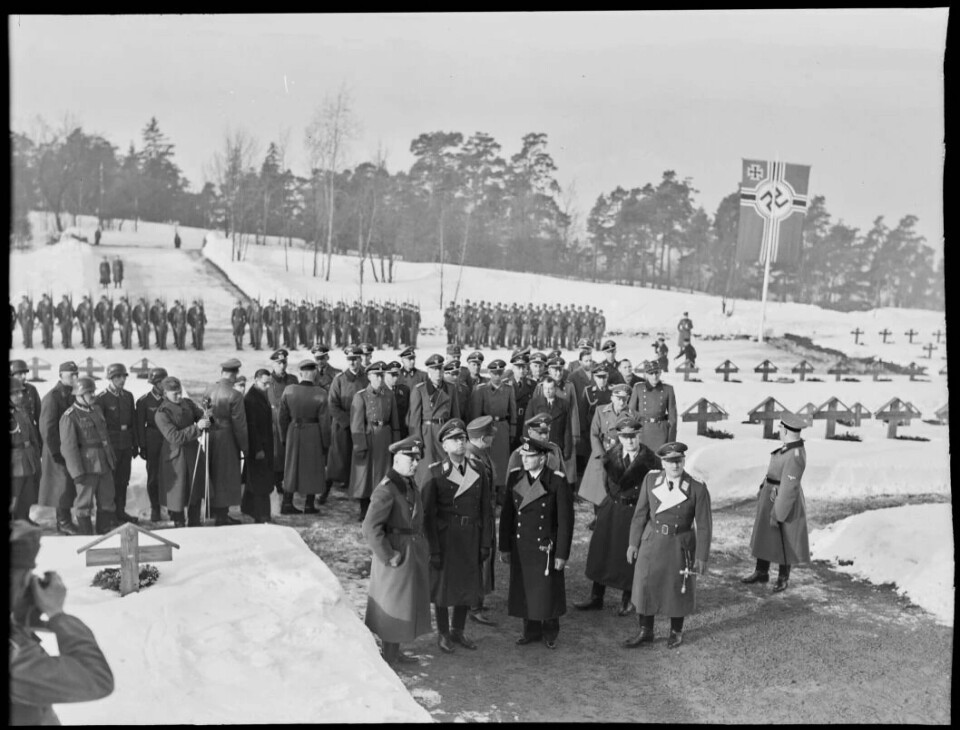
Northern Norway complicated to defend
It’s important to remember that Norway is a long country, Hatlehol said.
“If the Germans were to have a credible defence along the coast of Norway, they would need many soldiers and many cannons,” Hatlehol said.
“The number of German forces that were sent to Norway was in reality a minimum requirement, with a view to maintaining a credible defence.
Defending northern Norway in particular was complicated for the Germans, he said.
Had the desired effect on Hitler
Most viewed
“But it is probably correct to say that the British tricked the Germans into using so many resources in Norway, says Hatlehol.
“The raids in Lofoten and Måløy were really just small operations,” he said. “Nevertheless, they had the effect on Hitler that the British and Norwegians in London hoped for.”
Hatlehol says that the English also launched a sham operation — Operation Fortitude —which gave the impression that an allied invasion could come simultaneously in Norway and at the city of Calais, in the far north of France.
“When the invasion finally took place on D-Day 6 June 1944, it happened instead in Normandy,” Hatlehol said.
“The Americans and the British had been able to secretly plan for this particular landing for a long time,” he said.
Among military historians there is a debate about how crucial Operation Fortitude was to the success of the landing in Normandy for the Allies.
A number of people on the German side in the war probably realized that the Allies had chosen Normandy, Hatlehol said.
“But with such large German forces tied up in Norway, it’s clear that diversionary manoeuvre was successful,” he said.
Increasingly weaker German soldiers in Norway
At the same time, it wasn’t that simple, Hatlehol said.
“Because even though the Germans in June 1944 were quantitatively very strong in Norway, the quality of the German units in Norway steadily declined,” he said.
German soldiers in Norway who could be used in combat had quietly been replaced by increasingly older German soldiers in less well-equipped units. Many of these were tied up to man the 300 coastal forts.
“So yes, the Germans were deceived in Norway,” he said. “But it is a very nuanced war story.”
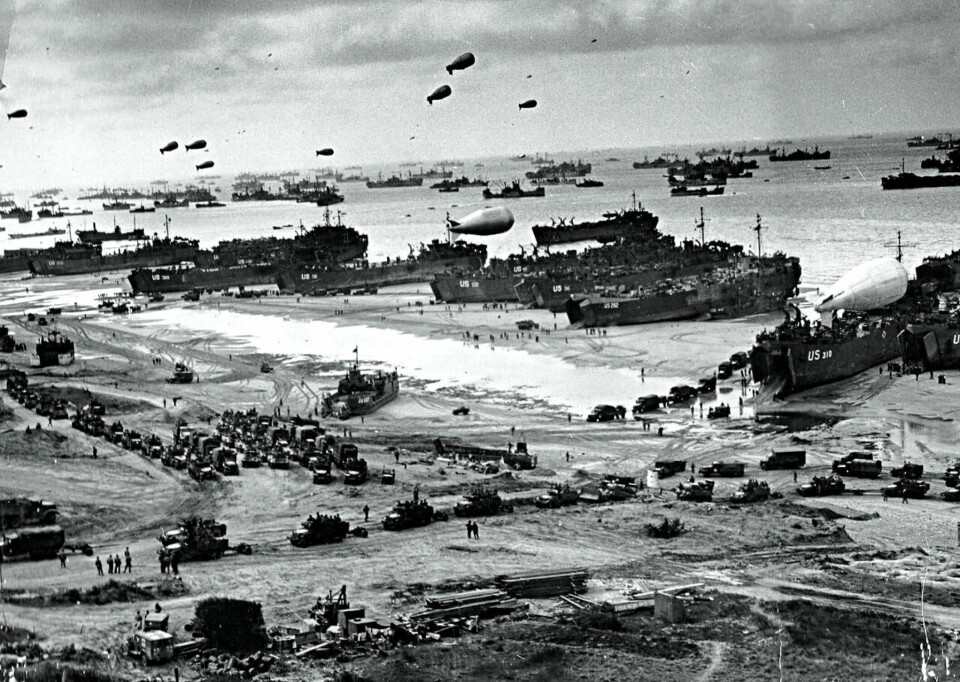
Translated by Nancy Bazilchuk
———
Read the Norwegian version of this article at forskning.no








